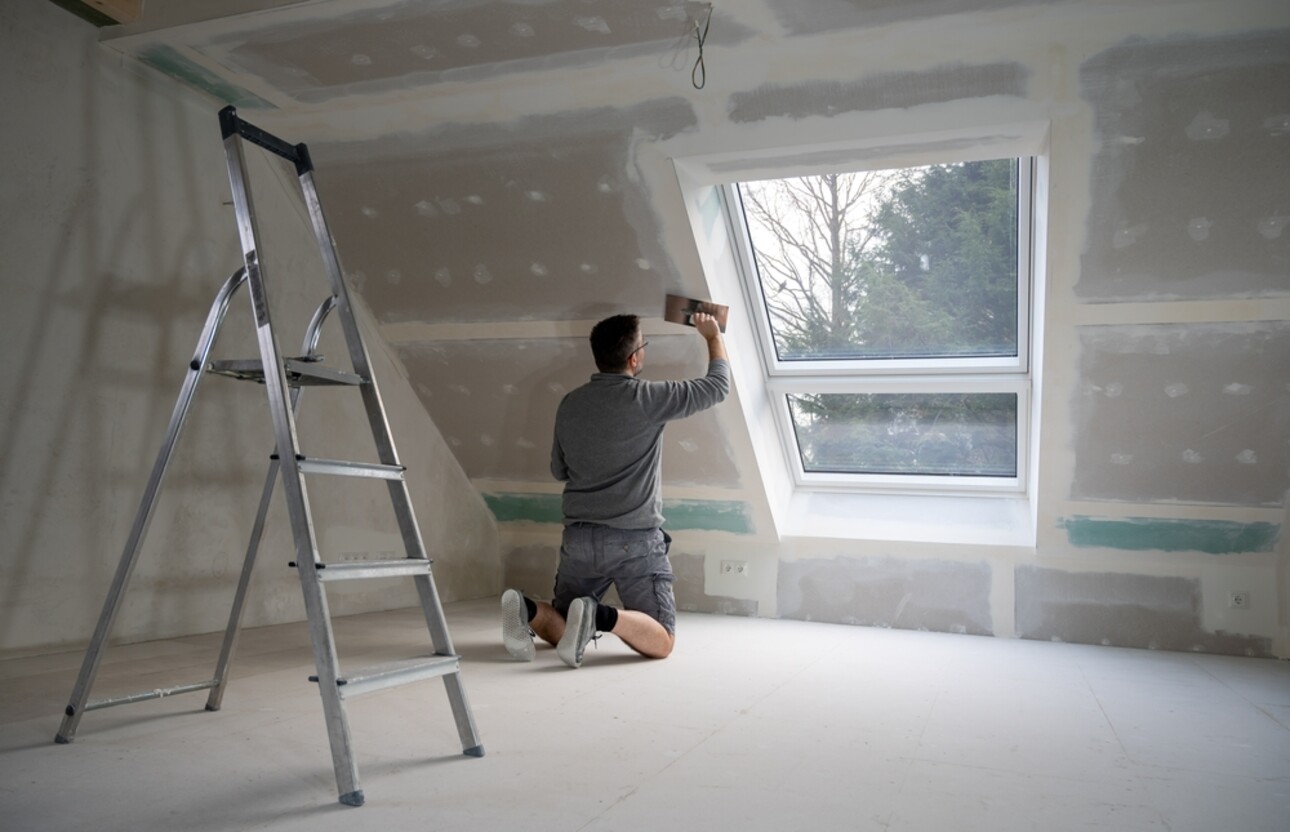
Attic conversion is proving to be a clever way of extending your home without encroaching on your garden or buying a new space. In 2024, this transformation is gaining in popularity, offering an innovative solution for creating extra rooms, whether it's a bedroom, an office or a leisure area. Before embarking on this project, however, there are some essential aspects to consider.
The prerequisites for effective attic conversion
Successful attic conversion requires rigorous preparation. It's not just a question of optimising space, but also ensuring the safety, comfort and aesthetics of the room created.
Assessing the structure is essential. First and foremost, you need to make sure that the structure of your house can bear the extra weight. Attics that can be converted often have a traditional frame, which is easier to modify than industrial truss frames.
Next, thermal and acoustic insulation must be at the heart of your project. A poorly insulated attic will be uncomfortable and consume a lot of energy. Choose high-performance insulating materials that comply with current thermal regulations.
The choice of openings is also crucial to ensure adequate light and ventilation. Whether you choose skylights or roof windows depends on the orientation and slope of your roof.
Converting an attic often involves making changes to the structure and external appearance of your home. So it's essential to find out about the building regulations before starting any work.
Planning permission is generally required if the living space created exceeds 20m2 or if your house is in a protected area. For smaller projects, all you need to do is submit a works declaration to the local council.
It is essential to comply with local planning regulations, which can vary significantly. To avoid any unpleasant surprises, it's a good idea to consult a town planning expert. He or she will be able to guide you through the regulations and ensure that your project complies.

Using the right techniques and materials is crucial to the success of your transformation. Technologies and innovations in the fields of insulation, roof windows and heating have come a long way, offering solutions that are both ecological and economical.
Internal thermal insulation (ITI) systems are among the most widely used, offering excellent value for money. For optimum insulation, combine glass or rock wool with more environmentally-friendly insulation materials such as hemp or cellulose wadding.
When it comes to natural light, opt for large roof windows and, if possible, double-glazed windows for better soundproofing and thermal insulation. Solar-powered roller shutters can also be a wise choice for combining comfort and energy savings.
The heating system should not be overlooked either. In many cases, auxiliary heating is enough for a room under the roof. Solutions such as electric inertia radiators or pellet stoves may be appropriate, depending on the insulation and use of the room.
Attic conversion offers the opportunity to create living spaces that are both comfortable and bright. Optimising every square metre is essential if you are to make the most of this unusual space.
To make the most of the space, think about intelligent layout solutions such as built-in cupboards under the eaves or made-to-measure furniture. Removable partitions can also be used to modulate the space to suit your needs.
Natural light plays a major role in the perception of space. Installing several sources of light, through skylights or roof windows, can make the room feel larger and more welcoming. Strategically placed mirrors can also visually enlarge the space and increase the amount of light.
By following these guidelines, converting your attic space can become a rewarding project, increasing not only the living space of your home but also its value. The key lies in good preparation and a judicious choice of materials and layout solutions. Carefully assess the structural aspects, while taking care to apply for planning permission where necessary. And don't forget that planning professionals can support you throughout this process, ensuring that your project is not only fantastic but also complies with current standards.